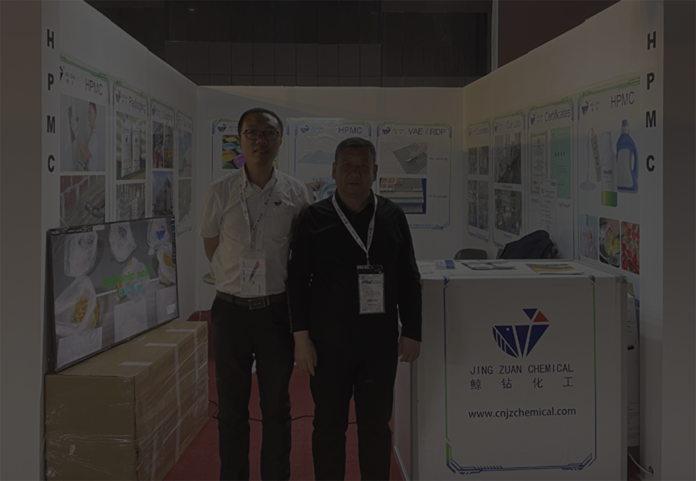
ਦਸੰ. . 11, 2024 13:16 Back to list
Understanding HPMC and Its Applications in Various Industries
What is HPMC?
Hydroxypropyl Methylcellulose (HPMC) is a multifunctional and versatile compound that has garnered significant attention across various industries, including pharmaceuticals, food, cosmetics, and construction. As a plant-derived polymer, HPMC is a modified cellulose that plays critical roles due to its unique properties and application capabilities.
Chemical Structure and Properties
HPMC is derived from cellulose, which is the natural polymer extracted from plant cell walls. During the production of HPMC, cellulose undergoes a series of chemical modifications where hydroxypropyl and methoxy groups are introduced. This modification results in changes in the solubility and thermal properties of cellulose, making HPMC soluble in cold water, unlike its parent compound. The degree of substitution and molecular weight of HPMC can be adjusted during production, which allows manufacturers to tailor its properties for specific applications.
One of the most notable characteristics of HPMC is its ability to form a gel-like consistency when mixed with water, making it an ideal candidate for thickening, stabilizing, and emulsifying formulations. Additionally, it possesses excellent film-forming properties, which is invaluable in both pharmaceuticals and coatings. HPMC is also non-toxic, biodegradable, and considered safe for consumption, further enhancing its appeal in food and medicine.
Applications of HPMC
what is hpmc

1. Pharmaceutical Industry HPMC is widely used as a binder and filler in the formulation of tablets and capsules. It helps in controlling the release of active pharmaceutical ingredients (APIs), thus enhancing the efficacy of medications. HPMC also acts as a stabilizer in suspensions and emulsions, ensuring that the active ingredients remain evenly distributed over time. Moreover, HPMC can be used in ophthalmic preparations as a lubricant, making eye drops more reliable and effective.
2. Food Industry In the food sector, HPMC serves several roles. It acts as a thickening agent, emulsifier, and stabilizer in products such as sauces, dressings, and baked goods. HPMC's ability to retain moisture enhances the textural properties and shelf-life of food items, contributing to a better consumer experience. Moreover, it is often used in gluten-free products as a substitute for wheat proteins, ensuring the right consistency and mouthfeel.
3. Cosmetics and Personal Care The cosmetic industry benefits from HPMC in numerous ways. It is utilized as a thickener and emulsifying agent in creams, lotions, and gels, allowing for a smooth application and desirable texture. Its film-forming ability helps in creating long-lasting products, such as hair gels and styling pomades. Additionally, HPMC is often included in formulations for its moisture-retaining properties, making it a popular ingredient in skin care products.
4. Construction Industry In construction, HPMC is a critical additive in cement and mortar formulations. It enhances workability, adhesion, and water retention, helping construction materials to perform better and extending their setting time. The inclusion of HPMC in dry-mix mortars contributes to improved durability and flexibility of the final products.
Conclusion
HPMC is a remarkable compound with a wide range of applications across diverse industries. Its unique properties—such as gel formation, thickening capacity, and film-forming ability—make it an essential ingredient in pharmaceutical formulations, food products, cosmetic items, and construction materials. As industries increasingly seek out sustainable and effective alternatives, HPMC stands out as a safe and versatile solution, paving the way for innovative formulations that meet consumer needs. Whether in the realm of healthcare or day-to-day consumer products, HPMC continues to play a crucial role in enhancing product performance and quality, solidifying its place in contemporary manufacturing processes.
-
Why HPMC is a Key Additive in Wall Putty Formulations
NewsAug.05,2025
-
Redispersible Powder in Decorative Renders: Function Meets Finish
NewsAug.05,2025
-
Redispersible Powder for Interior Wall Putty: Smooth Results Every Time
NewsAug.05,2025
-
HPMC’s Water Retention Capacity in Dry Mortar Applications
NewsAug.05,2025
-
HPMC Factory Contributions to Liquid Detergents
NewsAug.05,2025
-
How HPMC Factory Products Change Detergent Textures
NewsAug.05,2025







